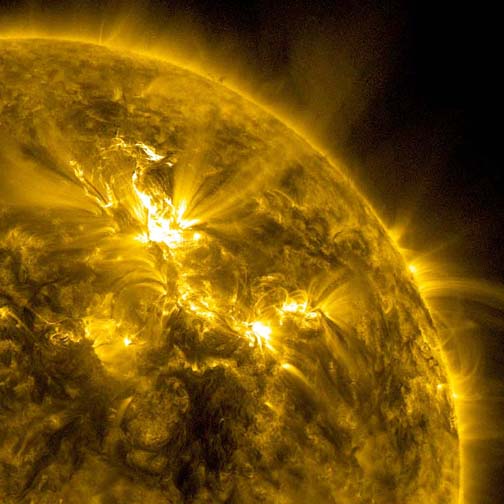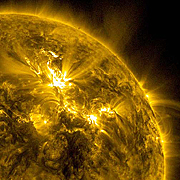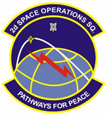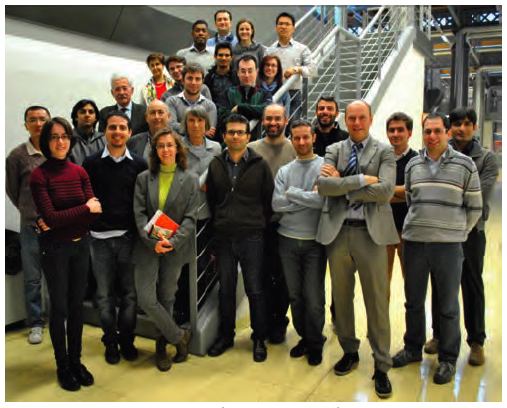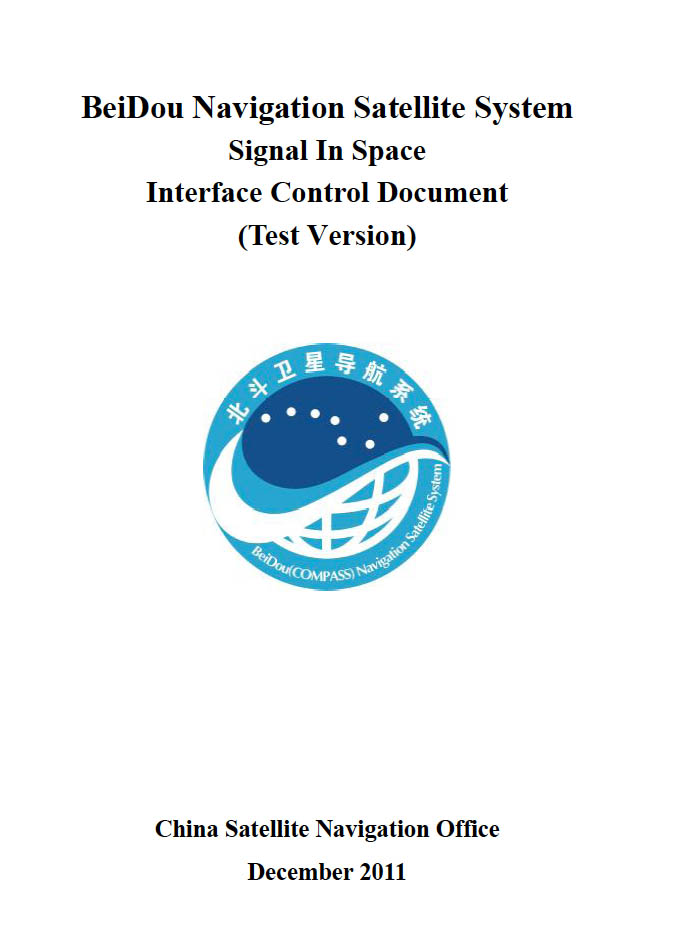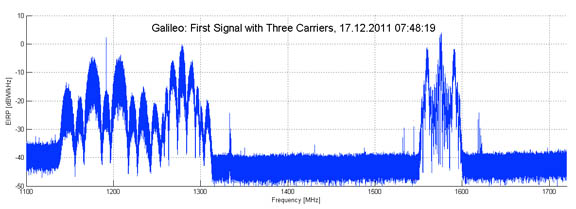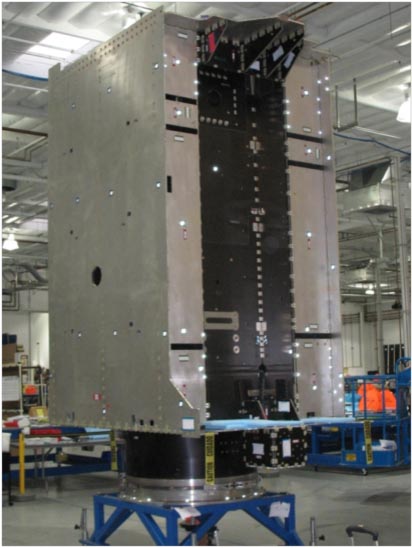Topcon Introduces Full-Spectrum GNSS Geodetic Antenna
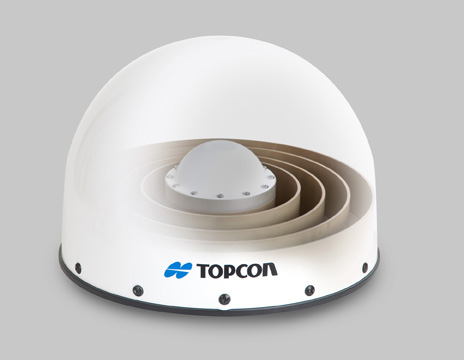 Topcon CR-G5 GNSS antenna
Topcon CR-G5 GNSS antennaTopcon Positioning Systems (TPS) announced the company’s new CR-G5 high-performance, GNSS choke ring antenna.
Based on the company’s new TA-5 full-spectrum GNSS antenna element, the CR-G5 geodetic antenna offers excellent vertical phase center stability over the GNSS frequency band superior performance in tracking low elevation satellite signals, according to the company.
By Inside GNSS


